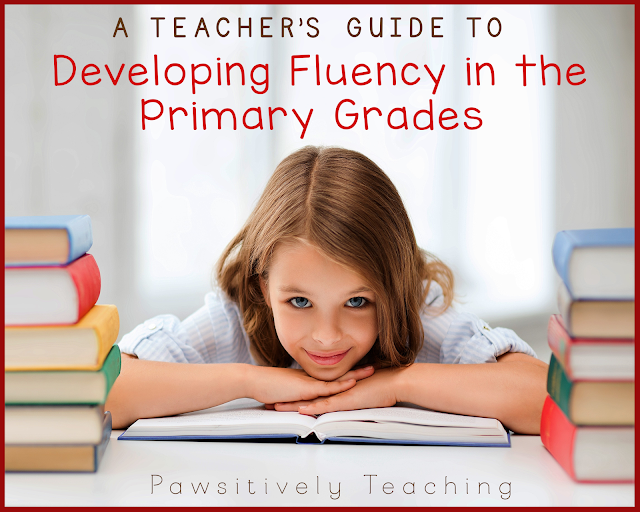What is reading fluency?
Even people not familiar with the elements that make up fluent reading, know a fluent reader when they hear one. They read smoothly with proper intonation. A fluent reader is easy to listen to and understand because it simply sounds like they are telling you a story.
A successful reader is able to process the text on the page and comprehend the text that has been read. Reading fluency can be thought of as the bridge between processing and comprehending the text. A fluent reader is able to process the text in such a way that allows them to focus on understanding and comprehending on a deeper level. There are three areas of fluency for a reader to develop. First, a reader needs to be able to decode the text with minimal errors. This is also referred to as accuracy. In order to decode successfully, a reader needs a solid knowledge of phonics and other strategies to help them attack unknown words. Next, a reader will develop automatic processing which allows them to use as little mental effort as possible to decode so that they can focus more on understanding the text. Finally, a reader will develop prosody. Prosody can be described as expressive reading. A prosodic reader will pay attention to phrasing and punctuation. They will also use proper intonation. Readers that do not read with prosody are often not able to fully comprehend the text to their fullest potential.
Just like your car is fueled by the gas you put in it, comprehension is fueled by fluency. You wouldn't expect your car to run without gas or even with bad gas. You can't expect your young readers to comprehend without fluency. By ignoring the development of fluency, the reader is being allowed to practice bad habits instead of moving closer to becoming a fluent reader. Fluency alone does not guarantee strong comprehension skills. However, it is unlikely that comprehension will develop without fluency.
It is important for teachers to understand what fluency is, but it is equally important for students to understand what a fluent reader is. The knowledge of what a fluent reader gives a student an obtainable goal to work for. I love using these bookmarks with my students. They help keep the keys to being a fluent reader in front of my students so they can more easily make a conscious effort to improve. You can grab a copy of these bookmarks for FREE HERE.

For even more ideas and resources for developing fluency in your classroom, sign up to have "A Teacher's Guide to Developing Fluency in the Primary Grades" delivered to your inbox.
Love it? Want to Save it for Later?


















Thank you! These will really help my students understand what fluent readers sound like.
ReplyDelete